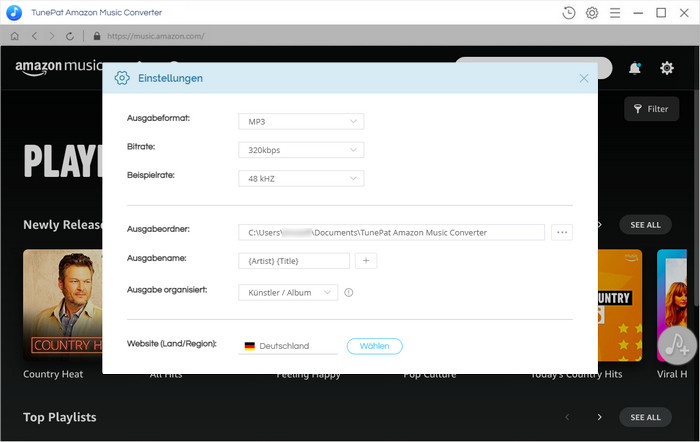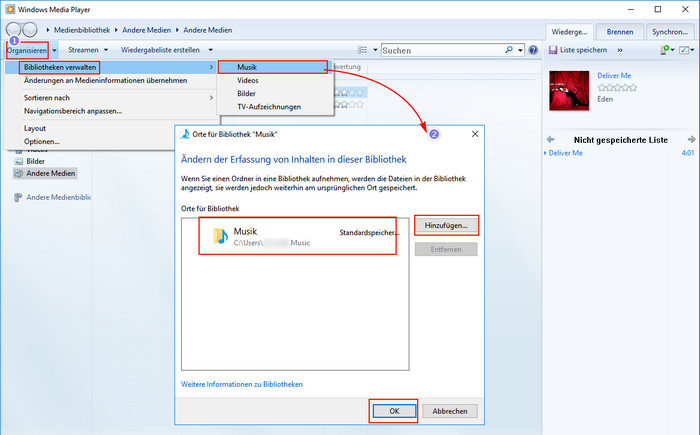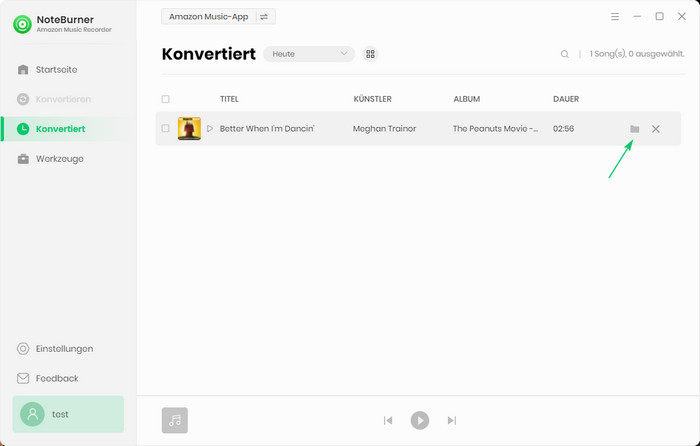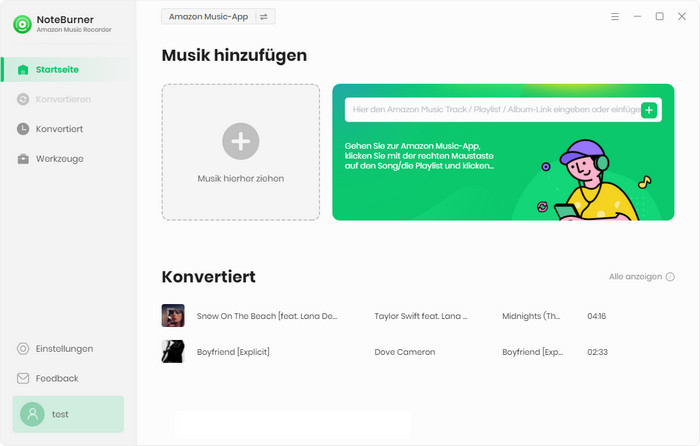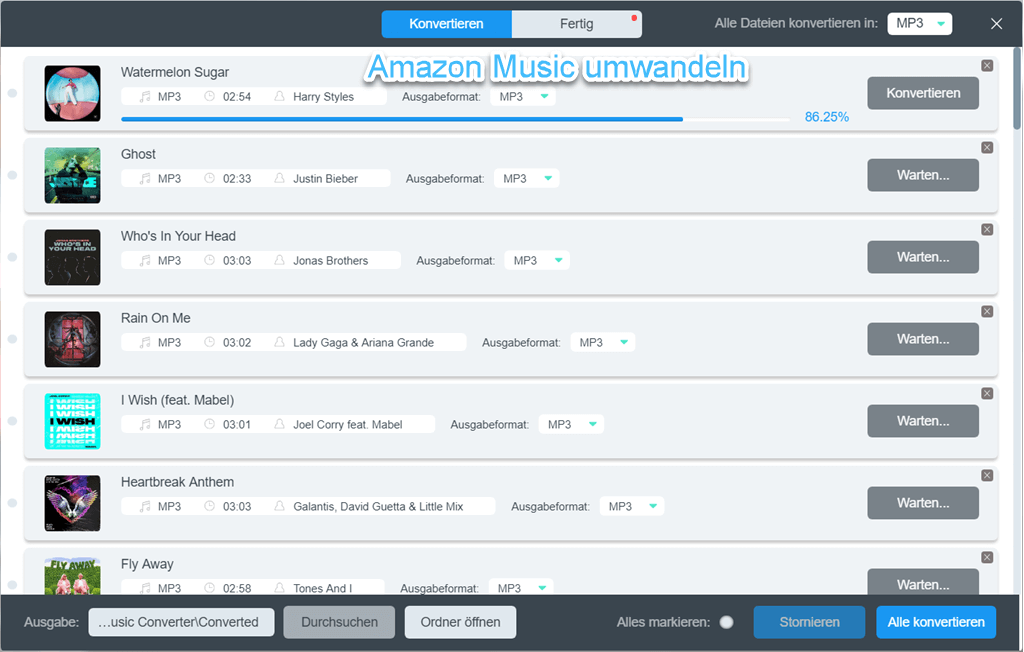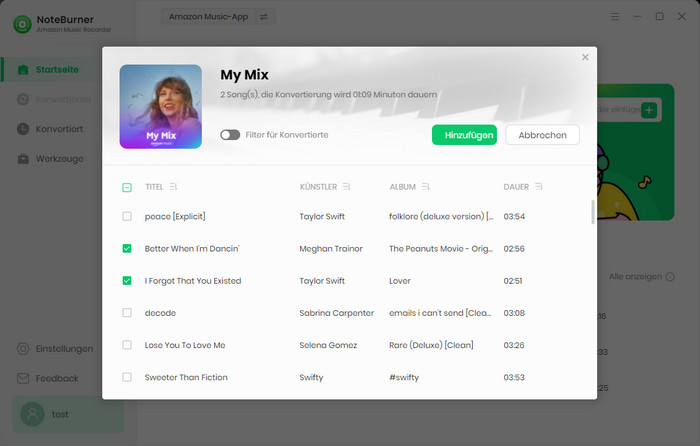
Audio CDs brennen. CD- ROM fuer Windows 95/98. Schnell und einfach zur persoenlichen Musik- CD. MP3 und WAV : Amazon.de: Bücher

DIGITNOW! Cassette Capture tragbarer Kassetten-Player/Kassette auf MP3-Konverter, Kassette auf MP3/CD-Audio über USB: Amazon.de: Elektronik & Foto

Burning Studio 25 - Brennen - Kopieren - Sichern Das Multimedia Genie für Filme, Fotos, Musik und Daten für Windows 11 / 10 : Amazon.de: Software

Nero CD, DVD Brennsoftware I Die ultimative Lösung für das Brennen, Kopieren, Sichern und Rippen wertvoller Fotos, Videos, Musik und Daten | Unlimitierte Lizenz | 1 PC | Windows 11 / 10 / 8 / 7 : Amazon.de: Software

Burning Studio 24 - Brennen - Kopieren - Sichern Das Multimedia Genie für Filme, Fotos, Musik und Daten für Windows 11 / 10 / 8.1 / 7 : Amazon.de: Software

PRIMEON CD-R 80Min/AUDIO Cakebox , photo-on-disc Surface, Inkjet Fullsize Printable: Amazon.de: Computer & Zubehör
![Express Burn Disc-Brennprogramm – Audio, Video, Daten auf CD, DVD, Blu-Ray [Download] [Download] : Amazon.de: Software Express Burn Disc-Brennprogramm – Audio, Video, Daten auf CD, DVD, Blu-Ray [Download] [Download] : Amazon.de: Software](https://m.media-amazon.com/images/I/713Nzb4uGNL._AC_UF1000,1000_QL80_.png)
Express Burn Disc-Brennprogramm – Audio, Video, Daten auf CD, DVD, Blu-Ray [Download] [Download] : Amazon.de: Software

Audio-CD-Archiv 2006, 1 DVD-ROM Lokale Titeladatenbank mit über 1,8 Mio. Einträgen. Für Windows 2000, XP : Amazon.de: Software

Kassetten-zu-CD-Konverter über USB, USB-Kassetten-zu-MP3-PC-Konverter, mit Kopfhörern, Konvertierung für IPod/MP3-Player oder Brennen auf CD: Amazon.de: Elektronik & Foto




